As the COVID pandemic unfolded, every family and employer in America suddenly realized how deeply their lives and livelihoods depended on the nation’s education systems. With almost no notice, school buildings shut down. Families and educators suddenly found themselves in the middle of a massive national experiment in new ways of teaching and learning, and new obligations of dividing responsibilities between home, school, and work.
Remembering the Beginning of COVID and Its Early Impact on Education
Last spring, there was a pivotal moment when I realized that COVID would change the way schools and education systems operated for years to come. I remember I was in Flint, Michigan, serving in the education system on behalf of a community that had already suffered tremendous hardship with the water crisis. While still dealing with the residuals from that tragedy, COVID hit. The pandemic had proven to affect underserved communities substantially, but Flint was not only underserved; they were embroiled in a current health crisis that had already shaken their community to its core. And now this!
The way the pandemic engulfed our society exposed how deeply inequity shapes the experiences and outcomes of children of color and low-income families who are disproportionately impacted. Like most inner-city school entities, we shut down for a period to restructure.
We made plans to serve the families and staff best and keep all safe – ensuring all children continued to learn regardless of their access to technology. Remember those thick learning packets? Many inner-city schools ventured this route – then, online learning. Multiple families did not have the resources needed to support their child’s remote education. The passing of the government stimulus packages included funding for devices and internet services for schools and families. Students received their Chromebooks, hot spots, etc. – upgrading their access to 1:1 with technology – bridging the digital divide.
It was clear that the hard work was ahead – COVID extending learning, preparedness and response plans, meal distribution to families, and training for educators to facilitate effective and engaging teaching and learning. There was no quick fix or blueprint. It was uncharted territory – a reckoning, but together, as a unit, we made the best decisions we could, considering the circumstances, and created structures that best fit the needs of our entire community. We adapted, innovated, and transformed our lives and school systems.
A year later, it is clear that the pandemic that abruptly took siege of our lives and devastated our communities has changed education in America in lasting ways. The unprecedented 16-month battle with the pandemic unleashed a wave of innovation – remote learning, discovering new ways to spark students’ creativity, harnessing technology, and providing the services students and schools need to succeed. Correspondingly, the significant negative impact on our health and wellness continues.
What We Know About COVID
On February 11, 2020, the World Health Organization announced an official name for Coronavirus Disease 2019, abbreviated COVID-19. CO stands for corona, VI for virus, and D for disease. The virus that causes COVID-19, SARS-CoV-2, is a coronavirus. The word corona means crown and refers to coronaviruses’ appearance from the spike proteins sticking out of them.
COVID-19 is a highly contagious and potentially fatal disease discovered in Wuhan, China, in December of 2019. It is caused by a virus that spreads rapidly and did so globally in a very short time. The most common symptoms that the virus causes are respiratory and mirror those similar to a cold, the flu, or pneumonia.
COVID Fast Facts:
- Most patients who contract COVID-19 suffer from mild symptoms. However, in extreme cases, others become severely ill.
- The elderly or patients who struggle with specific underlying medical challenges are at an increased risk of falling victim to severe illness from the virus.
- The United States has experienced overwhelming loss and fatalities due to complications from this aggressive virus.
- The Center for Disease Control (CDC) reports that vaccines against COVID-19 are safe and effective.
- The broad spread of vaccination is critical to begin the process of putting an end to the pandemic.
- The CDC now recommends that people whose immune systems are compromised – moderately to severely – receive an additional dose of mRNA COVID-19 vaccine after two initial doses.
COVID and Fatalities in Our Community
As defined by the CDC, health equity is when all members of society enjoy a fair and just opportunity to be as healthy as possible. Public health policies and programs centered around the specific needs of communities can promote health equity.
The pandemic has hovered a magnifying glass over so many of our country’s issues. Still, the most prominent is the health disparities within the underserved inner-city communities – those where the population is predominantly black and brown. Sadly, poverty and access to quality health care are related in underserved communities, and studies have shown that these factors have a significant negative impact on their health and wellness.
Certainly, COVID has rocked our nation as a whole, and in some cases, even brought us to our knees, collectively. At the same time, the threat of a pandemic only compounds the problem in communities where extreme disparities in education, housing, and access to health care already exist. The reality that black and brown populations are disproportionately represented among essential workers and industries, some experts have suggested, might be contributing to the racial and ethnic health disparities at the forefront of this disease.
Nevertheless, inner cities always rise like the Phoenix and prove to be resilient, unified, and resourceful. Detroit is that city! We erected COVID testing and, later, vaccination stations across the city for residents to receive quality care and access. Churches, schools, community centers, and nonprofits joined in the fight and offered their buildings as sites for the public to ensure equity for their community. Finally, when schools received clearance to participate in the effort, U Prep was one of the first and continues to act as a resource for its families, staff, and community.
U Prep’s Heart in the Fight Against COVID
It is an honor to work alongside an incredible group of professionals who lead with courage and a heart-first mentality. Before I became a member of the U Prep Crew, I was first a U Prep Parent, so I have been a long-time member of the U Prep family. As a parent, I believed the school entity cared about my children and their academic success. My appreciation for the overall network increased tremendously through the pandemic.
Before joining the team, I engaged in the weekly parent surveys that upper management distributed system-wide. To see some of our comments and concerns translate to changes in processes and procedures to ensure the best for my children, specifically, reaffirmed my confidence in and commitment to U Prep Schools. My voice as a parent mattered.
Upon joining the U Prep Crew this year, as a member of the Senior Leadership Team at Home Office the authenticity, transparency to families and staff, and core values were and continue to be demonstrated at inexplicable levels.
All of us have had our lives upended by the coronavirus. Yet, we remain passionate about educating our scholars and preparing them for success and a future full of possibilities! Like many other school entities, U Prep Schools is preparing for the return of students to a new school year amid a surge in COVID-19 cases driven by the Delta variant and sluggish vaccination rates across Michigan and the United States.
This fall, we welcome our scholars and crew back to the classroom, reuniting with them for in-person learning, which, for some children, will be their first time in the school building since the pandemic. While reopening will undoubtedly look different this year, one thing is clear: sound operational management of the reopening process will be critical to building public confidence and ensuring our student’s and crew’s success.
We learned from COVID and education is that preparedness is crucial. The experience provided an opportunity to introduce new learning modes to reach every student, prepare for emergencies more effectively, and make systems and structures more resilient. I have the privilege of serving as the senior executive director overseeing operations for U Prep Schools.
I often work behind the scenes, coordinating services and support of multiple operating departments, developing plans, procedures, and protocols for our scholars and crew. Leadership, collaboration, and communications within and across major operational and academic departments have never been more important to ensure a smooth reopening process and to safeguard the welfare of our students and crew upon return to the school buildings and through the school year.
Although I have worked in this capacity throughout my career, the heart work and lean-in on empathy, culture, relationship building, teamwork, intention, and transparency – at all cost – is restorative and well-aligned with my personal and professional mission to offer the very best services, support, and equity to our community.
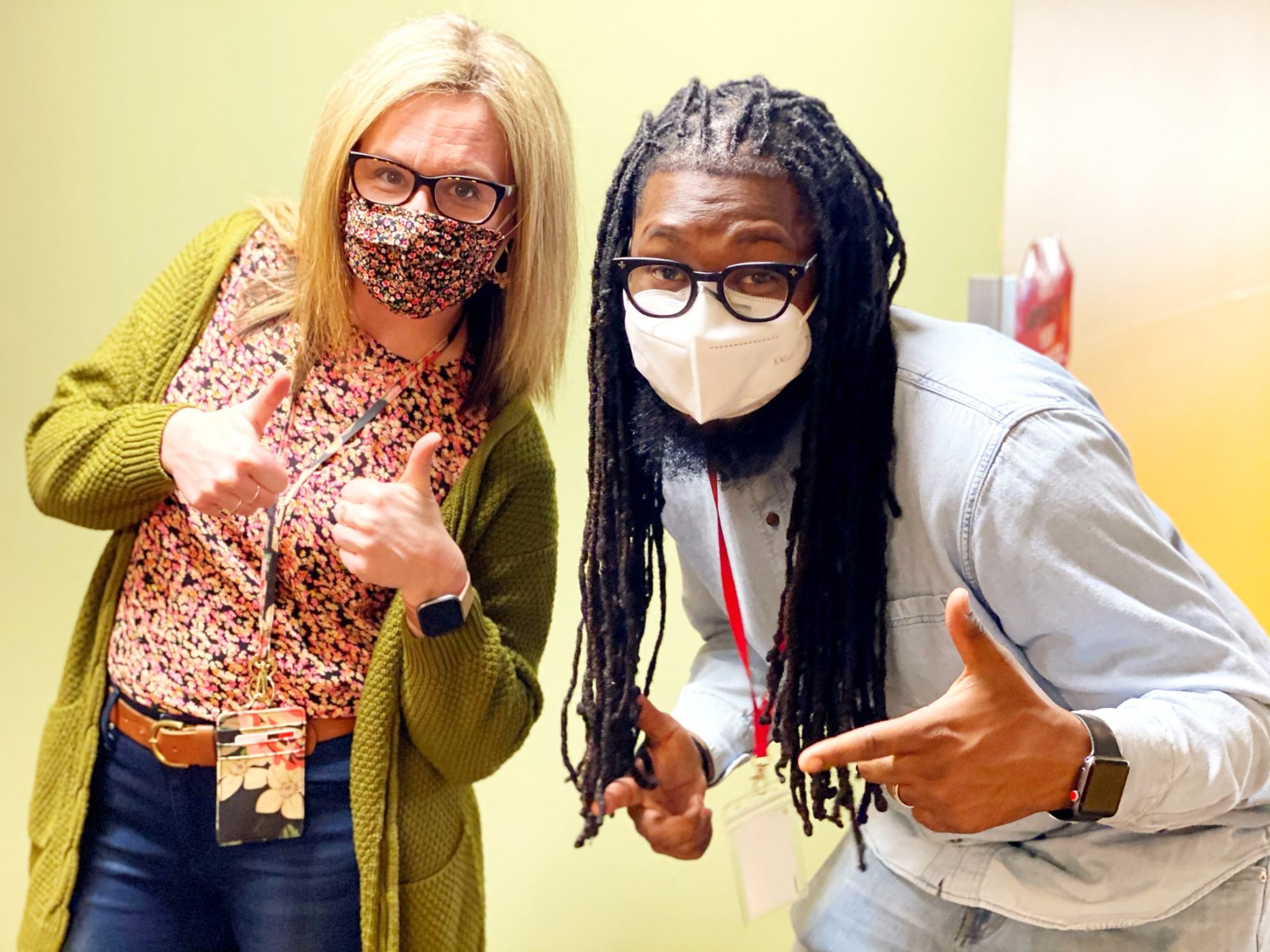
Moreover, as the U Prep’s Operations Department leader, it is our priority to provide easy and quality access to education to our families and those in the community surrounding all of our school campuses. This imperative is the anchor of effective and successful operations, especially this fall when schools are likely to look much different from before. The following are highlights of COVID actions that our education community has taken to ensure the safety and establish a climate of awareness to achieve the best results during the reopening of schools this fall and throughout the school year:
COVID TESTING & VACCINATION. We initiated an inquiry to establish ourselves as a site for COVID testing and later vaccination administration. Every Wednesday, in partnership with Wayne Health between the hours of 4:00 pm and 8:00 pm, our UPA High School campus continues to serve as an onsite COVID Testing and Vaccination Clinic to U Prep families, staff, and the community at large. Individuals ages 12 and up can receive the vaccine on-site via walk-up or drive-up at no cost. Parents must be present to sign a consent form for minors, and proper identification is required for adults. Qualified health care professionals from Wayne Health administer the vaccine in a safe, secluded area.
OPENING FACILITIES, SCHOOLS & CLASSROOMS. Our facilities team took early precautions as we began planning for in-person learning for the last quarter of this past school year and enhancement in preparation for our return to entirely in-person in the Fall. Investments in proper PPE equipment and standard sanitizing procedures in line with CDC regulations were established; modifications to our HVAC systems and the installation of refillable water stations, and a myriad of new COVID in education settings protocols and procedures were created for optimal safety of our scholars and staff.
TECHNOLOGY SUPPORT & RESOURCES. We distributed Chromebooks to all scholars who desired a device, upgrading their access to 1:1 with technology. Security, collaboration tools, and network connectivity become top-of-mind. We ensured adequate security controls in place, including upgrades to multi-factor authentication and email security. Finally, we help educators, scholars, and their families by providing training and clear, easy-to-understand support for a connected, swift, and reliable experience. COVID will not get in the way of our scholars’ education.
COMMUNICATIONS, MESSAGING, AND CHANGE MANAGEMENT. We remained committed to our promise of transparency and inclusion and offered the space for parent and staff voices throughout this journey. Weekly communications to our families and crew were distributed that included updates on positive COVID reports and up-to-date staff vaccination data. We encourage crew, scholars, and their families to participate in and comply with new procedures and practices. The latest update from U Prep Schools’ CEO, Mrs. Danielle Jackson, can be found here.
COVID and the U Prep Education Community
Finally, as we prepare to come back together again, as one school community, we do so with the understanding that we all carry apprehension based on our own life experiences and trauma from the COVID epidemic. I am confident, however, that we – as the U Prep community – will continue to wrap our (socially distanced) arms around one another with intention and compassion that will result in overall academic excellence for every U Prep scholar.
Author: Cassandra Washington is the Senior Executive Director of Operations at Home Office for U Prep Schools. She has dedicated her career to providing safe spaces for children to learn, develop and create. She is a graduate of Davenport University, where she earned her EMBA in executive management and leadership and undergraduate degrees in human resource management and school business management. She is one of the newest members of the Home Office Senior Leadership Team, who comes with over 20 years of experience in Human Resource and Operations management. Her greatest reward is being a U Prep parent for eight years and counting.
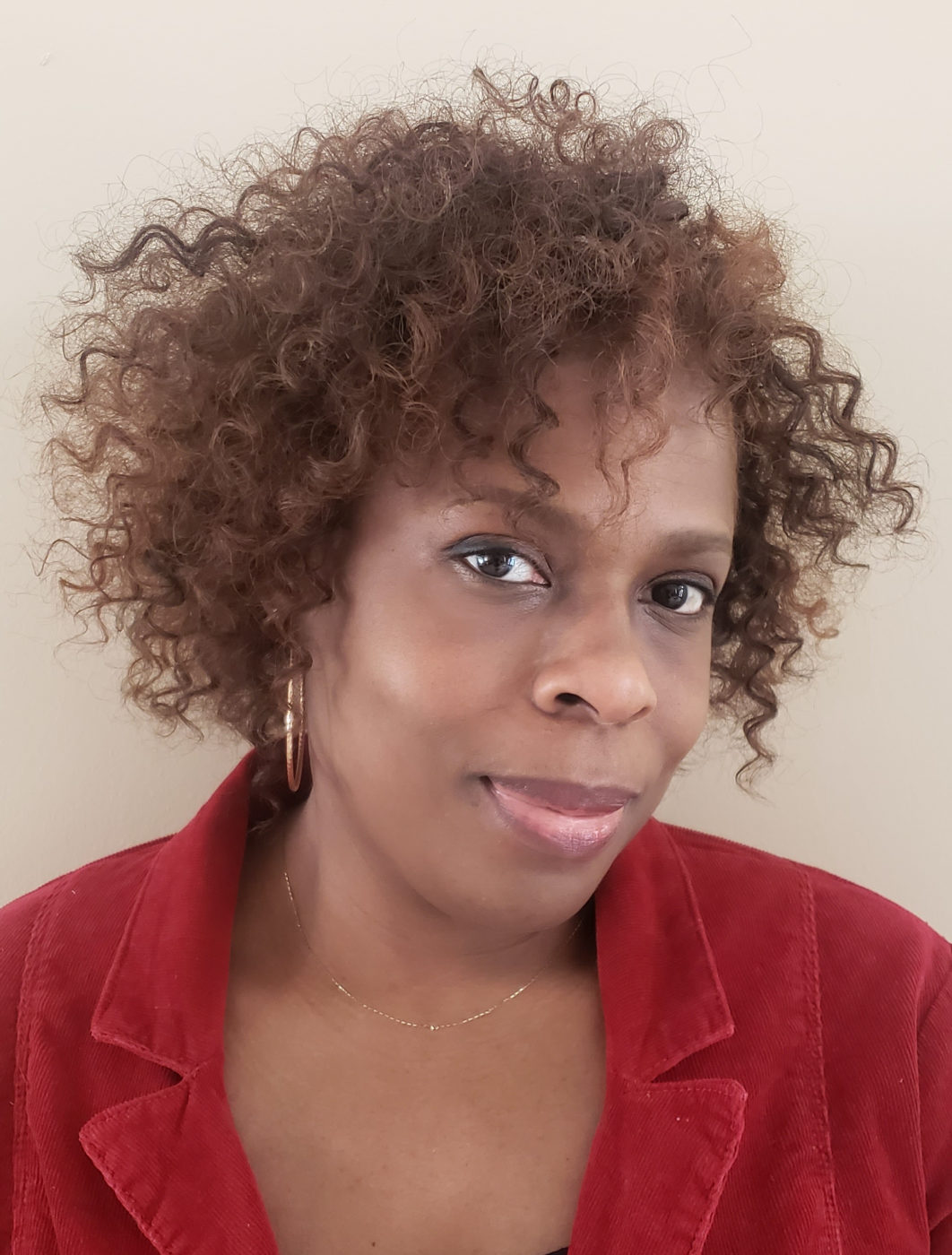
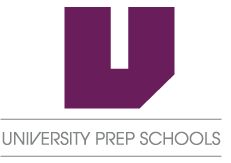
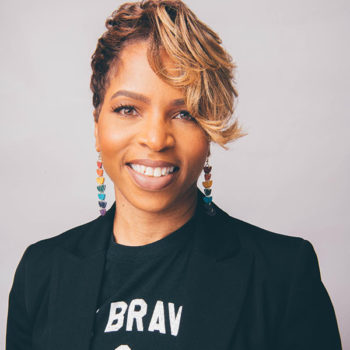

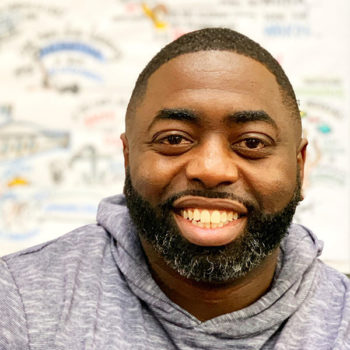
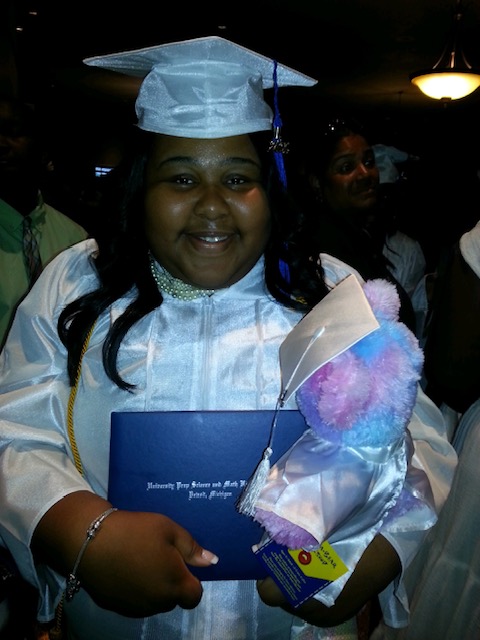
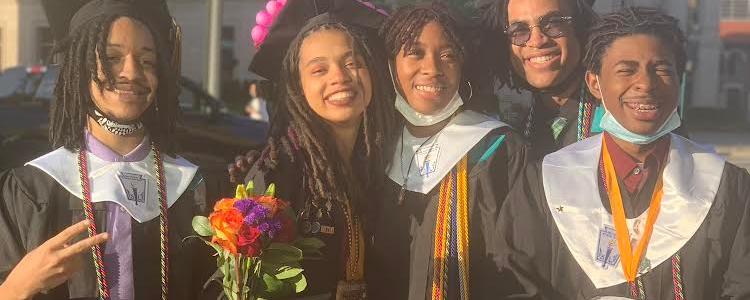
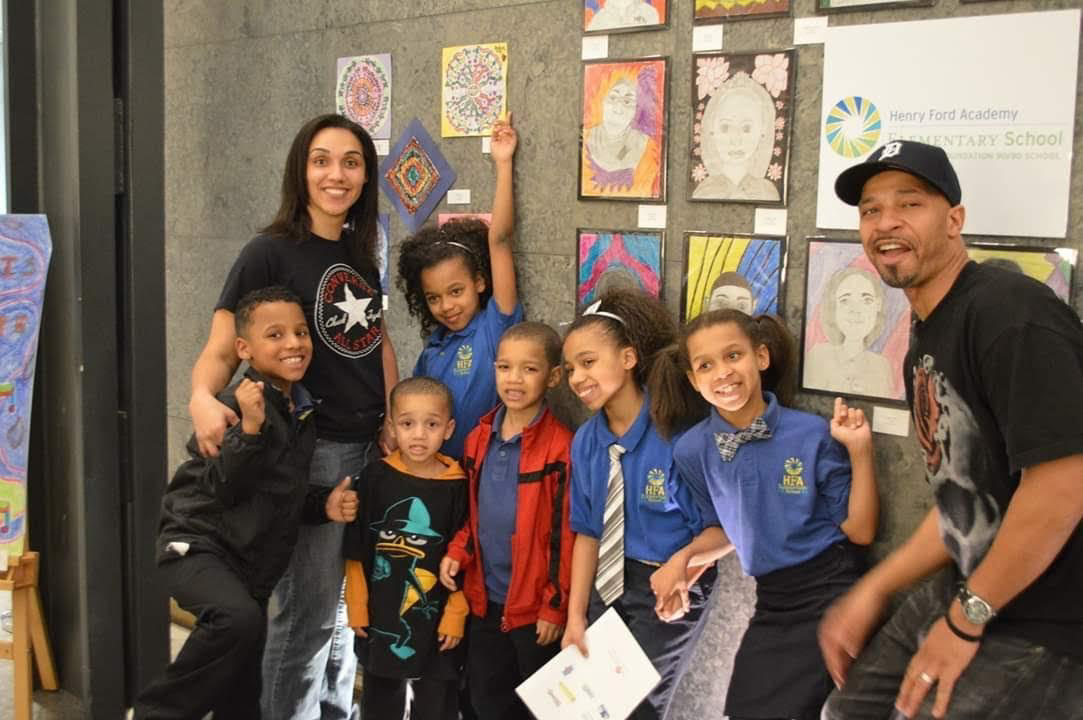
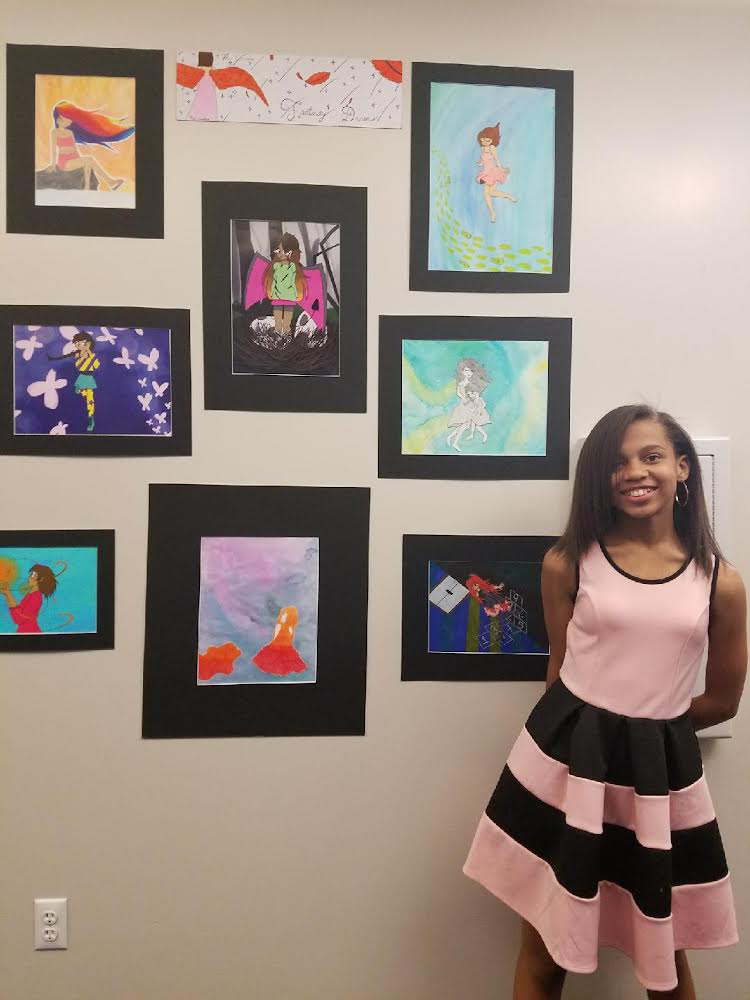

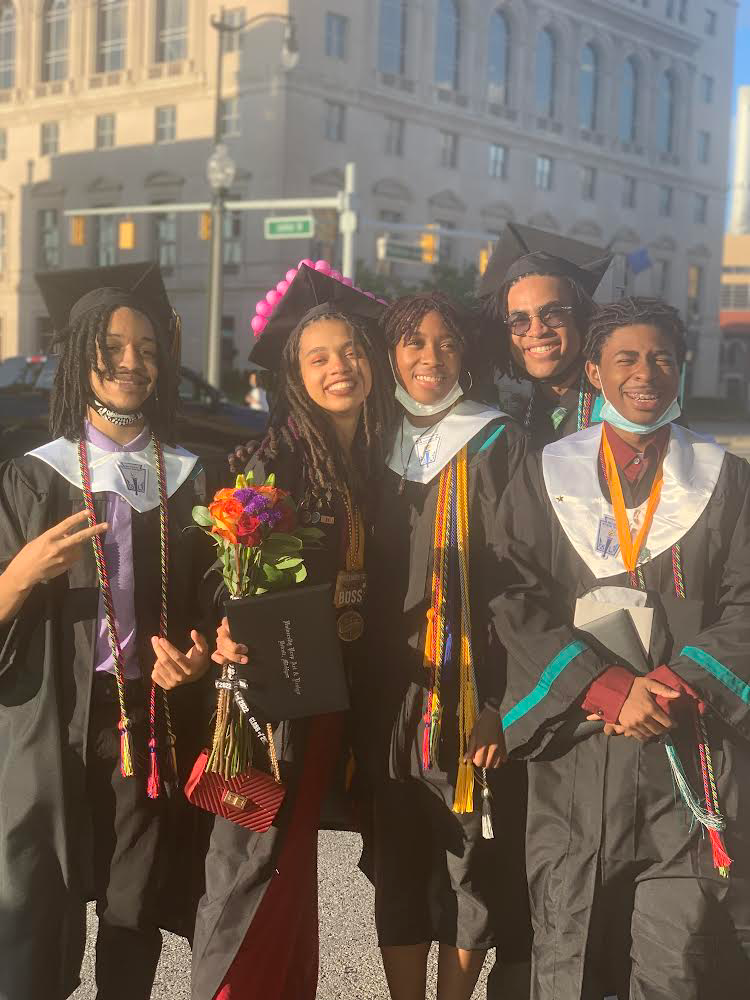
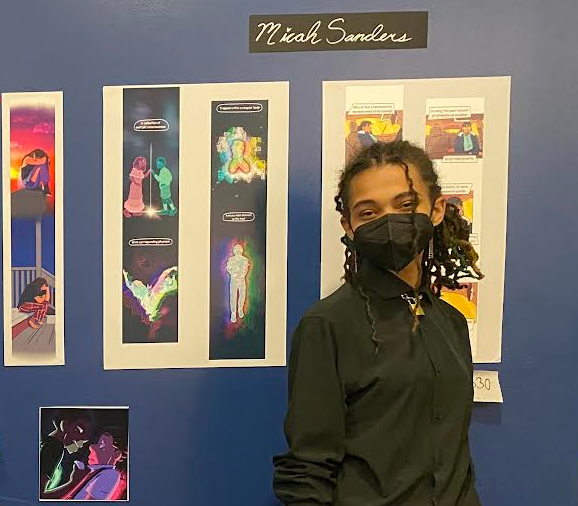



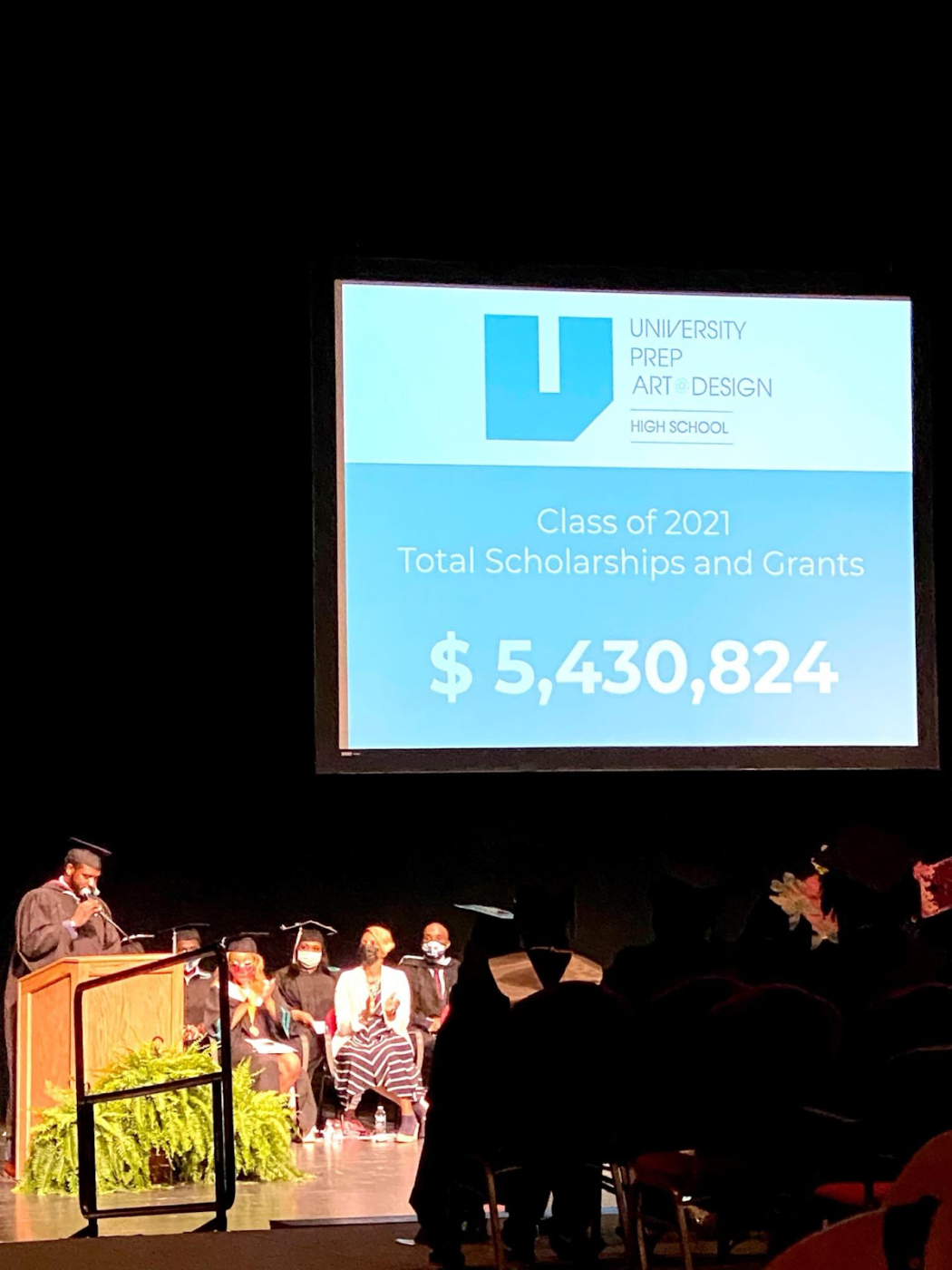
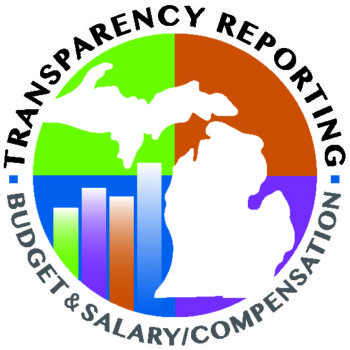
You must be logged in to post a comment.